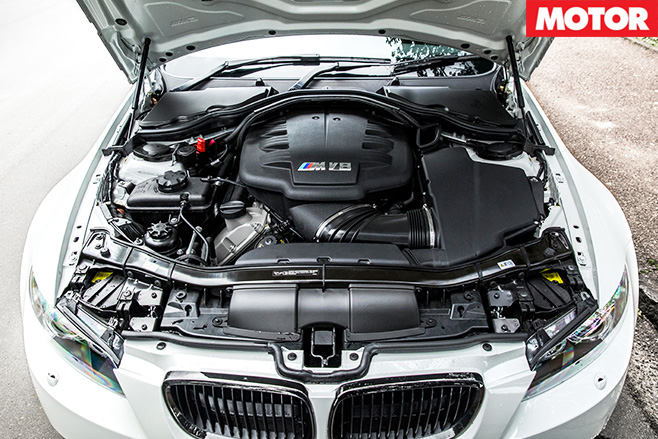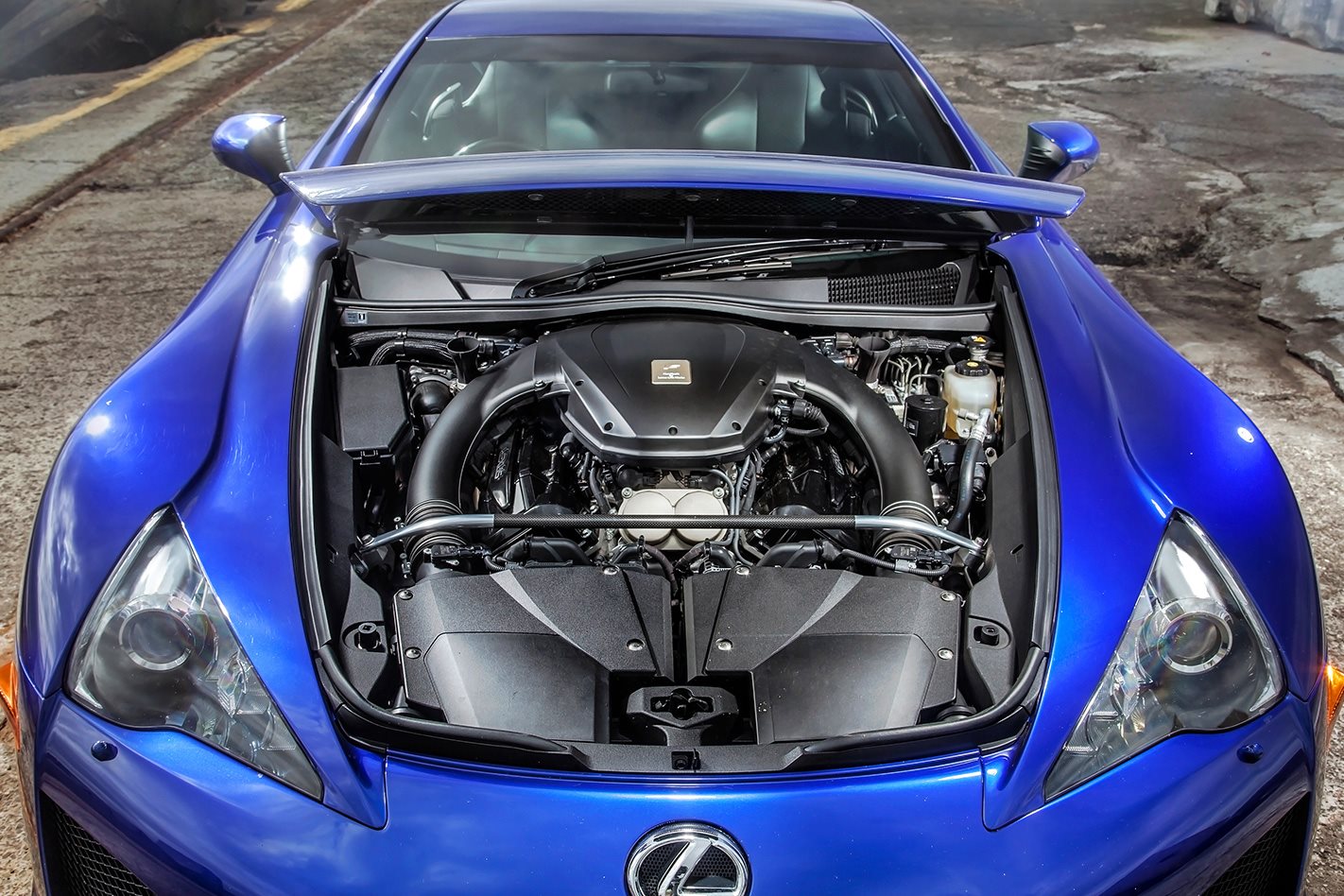We’re going to take a stab here: as an enthusiast, the undiluted sound of multiple open throttles and unmuffled exhaust pipes is music to your ears.
We’re also going to guess that, a bit like your mainstream car buyer, you despise excess wind rustle, tyre roar and suspension noise entering your car’s cabin.
There, with ever-tightening exterior noise regulations, you have the reason for the rise of the synthesised engine noise system.
But not all fake induction and exhaust sound systems are created equal. Let’s group them into two camps – those that are good, and those that are evil.

That out of the way, let’s focus on the good. In the Lexus LFA, Toyota 86/Subaru BRZ, Porsche’s Boxster, Cayman and 911, and HSV variants equipped with the brand’s bi-modal intake system, the induction note is real, but it has been acoustically amplified in a diaphragm before being channelled into the cabin. As synthesised sounds go, this is good.
Of course, within each categorisation, there are subtly different approaches. Renault’s R-Sound Effect app offers a menu of race and road cars and plays a recording of your selected car through the speakers in-sync with your throttle input. This takes the gimmicky angle. A Clio doesn’t rev as hard as, say, a Nissan GT-R, so the six-pack soundtrack sounds more like a Nissan Altima.
BMW’s Active Sound system is more difficult to accept, because howling, atmo M models used to be some of the best-sounding cars on the road. Now they play a backing track to the driver – a pre-recording of the car’s exhaust from the outside. It sounds fake. And it is.
The Lexus LFA’s system, which directs a V10 symphony into the cabin, is good, because it takes one of the sweetest road-car soundtracks ever, amplifies it and sends it to the driver, without any electronic intervention. This, in our books, makes such a system much more than a necessary evil.

Today’s car buyer demands refinement with character, and electro-noise systems are how their makers have delivered them. In other words, if you don’t like it, you have only got yourself to blame.
Synthesised induction sound systems have only been common for around a generation or so. If, when it comes to induction sounds, you prefer to keep it real, do like us and look at cars released pre-2008. Or delve deep into the carby-era for aural inspiration.
1. INDUCTION FIDDLINE For the LFA, Lexus engineers made the V10’s induction plenum chamber vibrate like a violin body to enhance the tonal quality of the intake note. Resin construction replaced aluminium when it was found to deliver the desired vibration.
2. FINE BODIES Not only did they increase response, individual throttle bodies allowed Lexus more precise control of the intake air, and thus the resulting exhaust pressure waves. Emission rules almost ruled out the use of the bodies altogether, though.
3. HEAD STRONG Equal-length headers crispen the note, feeding it through twin sub-mufflers into a main muffler. Above 3000rpm this muffler forces the gases through a single chamber that changes the note’s quality to deliver the signature F1 scream.
4. PIPE MASTERS It was found that 10mm changes to the length of the connecting pipe between the exhaust’s dual banks altered the “chords and disharmony” of the exhaust note. The howl produced by the final length “makes the air tremble,” Lexus says.
5. DRILL BIT Crudely, Lexus describes the means of getting engine noise into the cabin as “drilling holes in the bulkhead”. Yamaha, however, tells of a four-component ‘sound conveyance device’, complete with a ‘dragon eye’ sub-path, that richens the note.

HEAR ME COMIN’
THE two-wheeled brigade has sworn by this motto for decades, but it could soon carry into the car world. Whether for bikes or cars, there’s truth in their loud-pipes logic. A vehicle that a fellow road-user, or pedestrian, can hear coming is safer than a quiet one.
High-performance cars in need of a bit of high-tech sound augmentation is one thing, but pure electric cars have uncovered a new need for synthesised sound. Given the average electric car whirrs along with little noise, artificial car sounds – they could be fake engine noises or a more utilitarian warning – could become a necessity rather than just an affectation of today’s over-refined performance cars.





